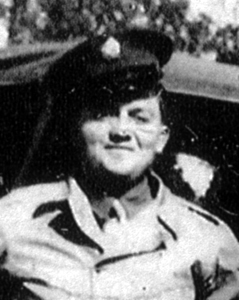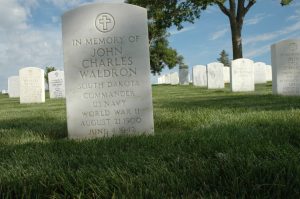
Irwin M. Hurst from Florida, Escambia county.
Service era: Korea
Date of death: Saturday, December 2, 1950
Death details: On the evening of November 27, 1950, Chinese Communist Forces (CCF) launched a massive attack against the U.S. and United Nations troops stationed in the Chosin Reservoir area in northeast North Korea, resulting in a seventeen-day conflict that became known as the Battle of Chosin Reservoir. At the time of the initial CCF attack, members the U.S. Army’s 31st and 32nd Infantry Regiments were defending the area north of Sinhung-ni, on the east side of the reservoir. The defenders were overwhelmed by the numerically superior CCF, and on December 1, were forced to withdraw to friendly lines at Hagaru-ri. Chinese roadblocks from Sinhung-ni to Hagaru-ri along with the constant enemy fire from the surrounding high ground, made the withdrawal route extremely dangerous. Eventually, the column was broken into separate segments, which the CCF attacked individually. Many men were lost or captured during the moving battle, with survivors reaching friendly lines in Hagaru-ri on December 2 and 3.
Sergeant First Class Irwin Matthew Hurst entered the U.S. Army from Florida and was a member of the Heavy Mortar Company, 32nd Infantry Regiment, 7th Infantry Division. He was reported missing in action on December 2, at some point during the withdrawal to Hagaru-ri. Specific details regarding his loss are unknown, and his name was not reported on any shared prisoner of war lists. He remains unaccounted-for. Today, Sergeant First Class Hurst is memorialized on the Courts of the Missing at the National Memorial Cemetery of the Pacific.
Source: National Archives, Defense POW/MIA Accounting Agency


